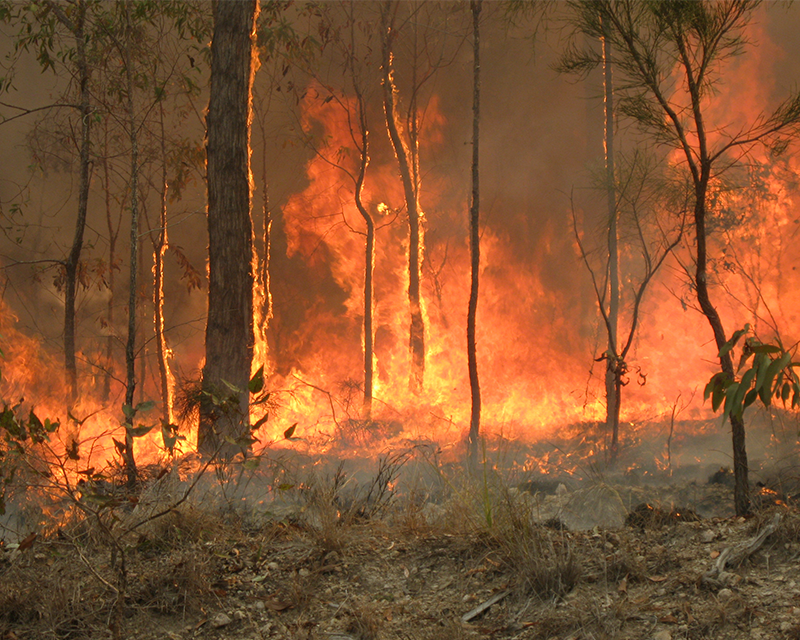Since late July, Australia has been fighting the deadliest wildfires in its history. Every state, especially New South Wales, has been devastated by this natural disaster, losing towns, properties, and hundreds of houses. Although Australia encounters a fire season every year during the hot, dry summer, the drought was particularly severe this year due to climate change and the rising levels of CO2. In these harsh conditions, including the unprecedentedly high heat waves, a fire spark from dry lightning led to a blaze, which spread rapidly through the drought-affected forests.
“There have been many droughts this year,” said Allyson Lee, an Environmental Science teacher. “Bushfires happen every year since they are part of the cycle. However, due to the drought conditions and poor human activities, this year’s fires have been especially worse. Although plants will regenerate, recovering animals and air quality will be a long, difficult process.”
Due to the dry weather, the flames have been harder to contain, resulting in greater destruction. 28 people, including firefighters, have died in the fires, and thousands have lost their homes. Furthermore, the fires have charred more than 7.3 million hectares of land throughout the nation and engulfed towns. In addition to the property loss, animals have also been in serious danger. Some assume that half a billion lost their habitat, and millions, including birds, reptiles, and mammals have died due to the fires. Fields have been filled with dead animals, and hospitals for wildlife have filled to capacity. After declaring an emergency situation in several states, Australia has made every effort to combat the fires by providing more government assistance such as Air Force aircraft. Not only has Australia made extensive efforts to preserve its wildlife and towns, but other countries have also been sending continuous aid and support through donations.
“I heard that about 1,000 koalas were killed in the fires,” said Christine Yu (10), who was keeping up with the news. “Although they are not extinct, there is definitely a possibility that they might be if the fires do not stop soon. More efforts should be made toward rescuing the animals and recovering their habitat. I know that the government airdropped carrots and sweet potatoes to help the wallabies, and if other animals are fed in similar ways, I think it would help them significantly.”
However, it is difficult to predict when this disaster will finally come to an end. Australia is still in the height of its fire season, and a similar phenomenon might happen again next year since Australia’s fire season is getting hotter and drier. UK scientists revealed that this natural disaster is manifesting the consequences of climate change that has worsened severely, and the fires will not only be restricted to Australia. In order to prevent future fires, many people have protested against government policies, and more climate activists have taken action to raise awareness about the close relationship between fire frequency and climate change.
“I think climate change greatly contributed to the fires,” said Jordan Yoo (10), who formerly resided in Australia. “The current Australian Prime Minister and the government are neglecting this environmental problem, but it is not a coincidence that there had been similar disastrous events in the past. It is important that we are aware of these causes and try our best to reduce the effects in the future.”

